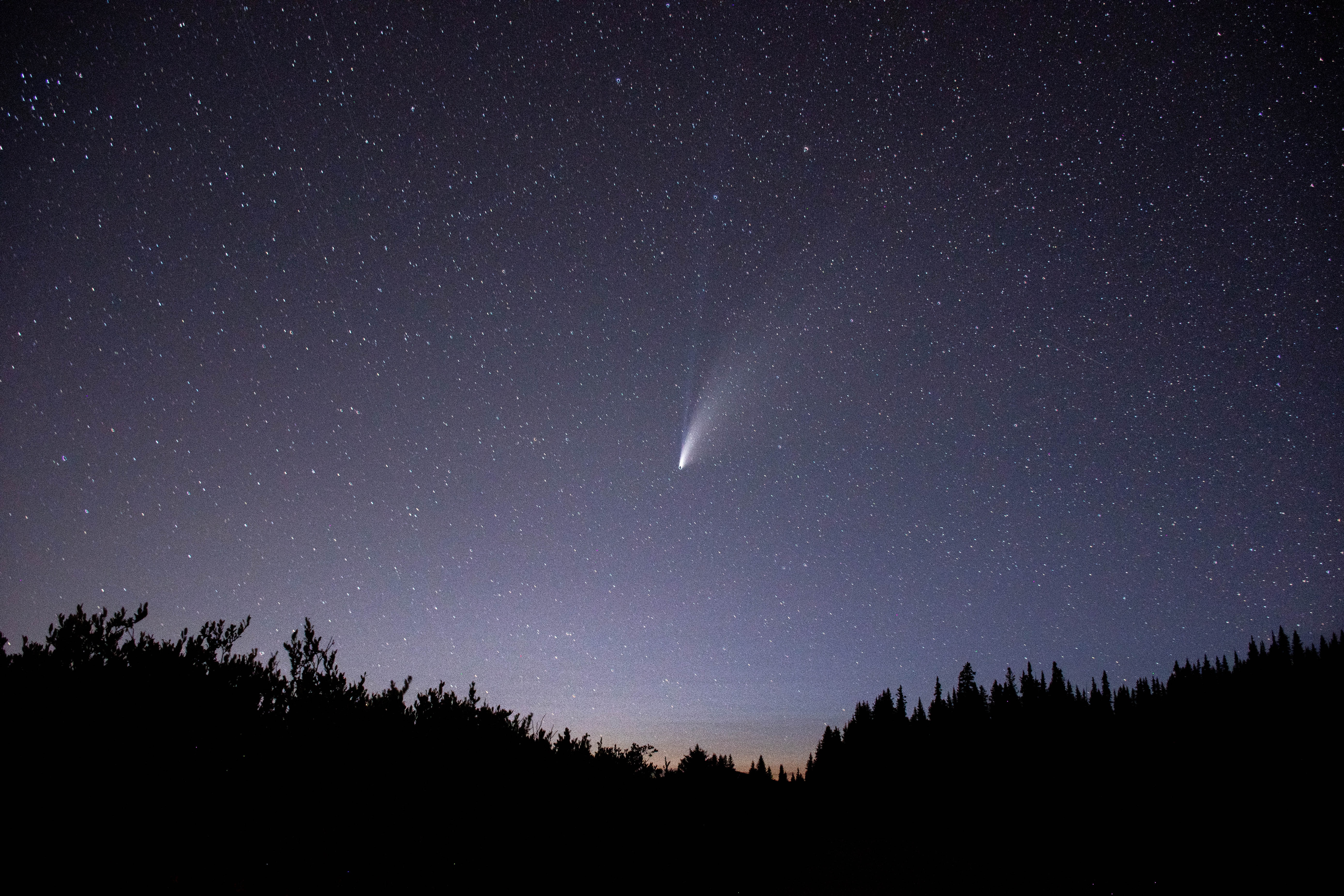News release
From:
Embargo: Tuesday 30 March 2021 | 16:00 (BST) | Journal: Nature Communications, Nature Astronomy
1. Astronomy: Interstellar comet 2I/Borisov is like no other comet
Interstellar comet 2I/Borisov is more pristine than any other comet observed in the Solar System, reports a study in Nature Communications this week. The characteristics of the dust surrounding 2I/Borisov are shown to differ from those found in Solar System comets in a separate paper published in Nature Astronomy. The characteristics reported in these two papers support an interstellar origin for 2I/Borisov.
Only two interstellar objects have been observed within our Solar System to date. The first, 1I/’Oumuamua has asteroid characteristics; the second, 2I/Borisov, shows evidence of cometary activity. Previous spectral observations of interstellar comet 2I/Borisov revealed spectral properties similar to those of Solar System comets, but characteristics of the dust particles that surround the nucleus have been unknown.
In the first paper, Stefano Bagnulo and colleagues measured the polarization of light scattered by the coma dust grains of interstellar comet 2I/Borisov to derive its physical characteristics. They find that the polarization of comet 2I/Borisov is higher than that measured for typical comets within our Solar System. The only object with similar polarimetric properties is comet C/1995 O1 (Hale-Bopp). However, unlike Hale-Bopp and many other comets, the polarized light from the coma of interstellar comet 2I/Borisov is uniform, which suggests that it is a more pristine object than typical comets. This observation indicates that comet 2I/Borisov may have never passed close to the Sun or any other star. 2I/Borisov may represent the first truly pristine comet observed, the authors conclude.
In the second paper, Bin Yang and colleagues report that the dust in the dust coma of interstellar object 2I/Borisov consists of compact “pebbles” (exceeding ~1 mm radius), differing from the loose aggregates typically found in Solar System comets. This compact dust is thought to be a result of impacts in the comet’s home system, and suggests that 2I/Borisov formed in a collapsing pebble cloud.



 International
International



